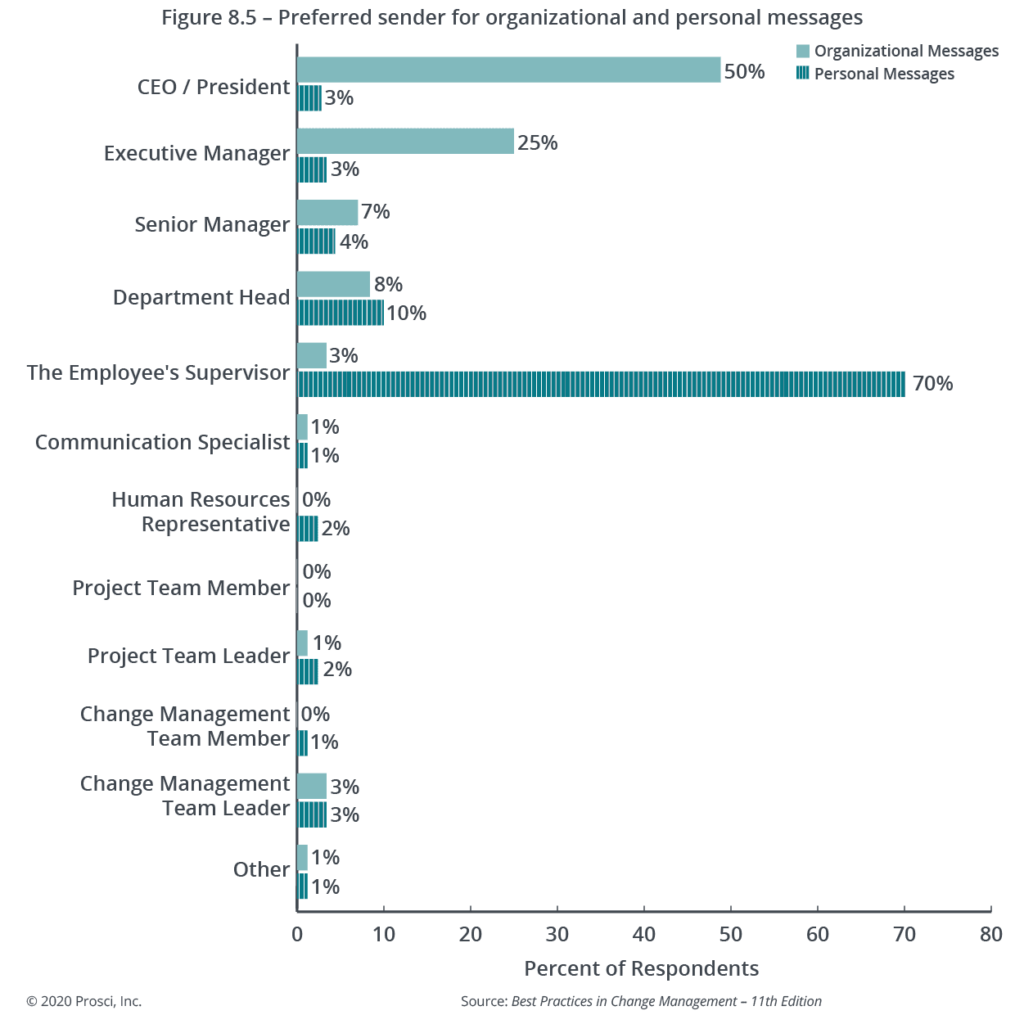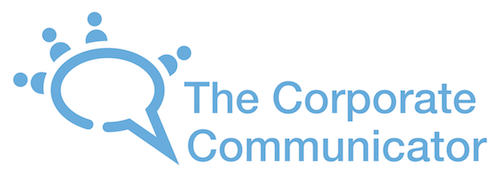Communicating change is true teamwork. Changing routines – sometimes even beliefs and mindsets – is not an easy (t)ask, and it takes constant communication, education, and leadership to make it happen. I keep emphasizing that all organizational change is nothing less but the sum of many small and individual changes. And convincing an individual to change may involve many actors and activities with effects on intrinsic and extrinsic motivation.
So who is involved in communicating change?
A change project is like a little universe with small stakeholders moving around like planets (or sometimes like meteorites). In the best case, their movements are steered through the project’s structure and communication. This universe includes of course the people that we want to impact, as well as their supervisors, but also the organization’s central functions and its executive leadership. A very visible element of this universe is often the dedicated project team, that runs the implementation of the project. Depending on the size of the project, they might have project resources dedicated to communication and change management.
Often the fact that there is a project team becomes an excuse for many of the other stakeholders to keep a low profile during the transformation.
Supervisors join their teams in their passive “consumption” of the change or even in their blaming and shaming. At the same time, executives restrict their engagement with the project to regular board briefings from the project team. And central corporate functions prefer to keep their hands out of non-standard “project work”, leaving it again to the project team to push its own change agenda.
The difficulty with the above-described situation is, of course, that a typical project team created (or externally hired) to implement a major transformation might not enjoy the necessary trust and reputation among the targeted workforce. Perceived as an “outside” source of disruption, it may not have the required standing to make a credible and positive case for change with the target group. Consequently, the tragedy of a failing change project unfolds everywhere where the complementary support from the leadership fails to materialize. So let us look at two groups, whose support is life-critical for successful change…
So who’s contribution is actually helpful?
An organization’s top management is often the original source of the change. A board decision may trigger a major transformation with impact usually growing the further it moves down the hierarchy. Typically a member of the C-Suite is taking on the more visible role of a project sponsor, ideally dedicating him/herself as a capacity to supporting the change. The impact of this group on the rest of the organization is very significant. But the interaction with the top management is often limited to abstract and general statements.
On the other hand, a close and credible change agent for any employee is often ignored in change projects: the employee’s direct supervisor. But the case is very straightforward: People are interacting with their bosses very frequently. Many people look to their bosses for advice and even unconsciously learn from their supervisor’s actions and behaviors.
The following graphic from Prosci visualizes these findings very clearly. Differentiating between organizational and personal messages, Prosci identifies top executives as excellent sources or organizational messaging. Practically, this leaves telling the big picture change story to the C-Suite and a good communications plan ensures continuous executive engagement. On the other hand, direct supervisors are identified as the most suitable channel for personal messages. Such personal messages are absolutely critical in times of transformation (coming back to the idea of change being always a very individual matter). These managers need to be actively pushed and trained to translate the big picture into practical messages for the impacted employee, and following up when he/she is challenged with its implementation.

Source: Prosci, Inc.
At the same time, the study also highlights the low impact of direct communications from the project team. Neither the project nor the change management team are particularly well-placed (and well-liked) as the sender of important organizational or personal messages. The project team should rather focus on effectively positioning, empowering and enabling executives and supervisors to serve as effective mediators and role models of change. It shouldn’t waste capacities on positioning itself as a direct communicator. Instead, it should establish itself as a platform for change communication through which it could best engage leaders to do their job – lead and inspire others (yes, even and especially times of change).
